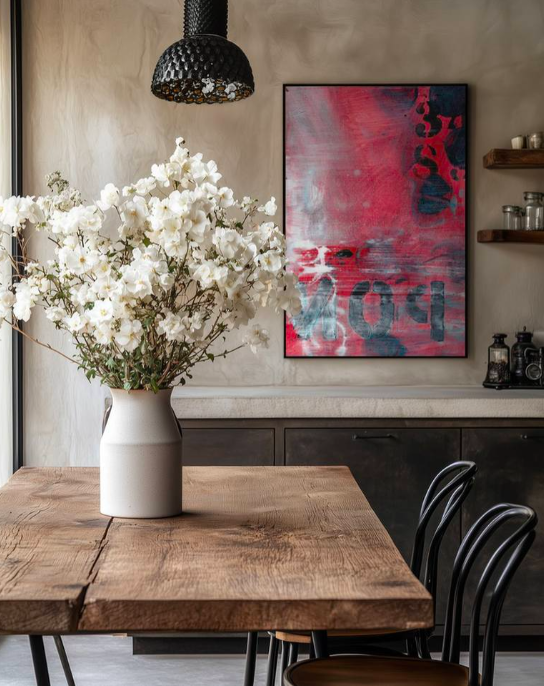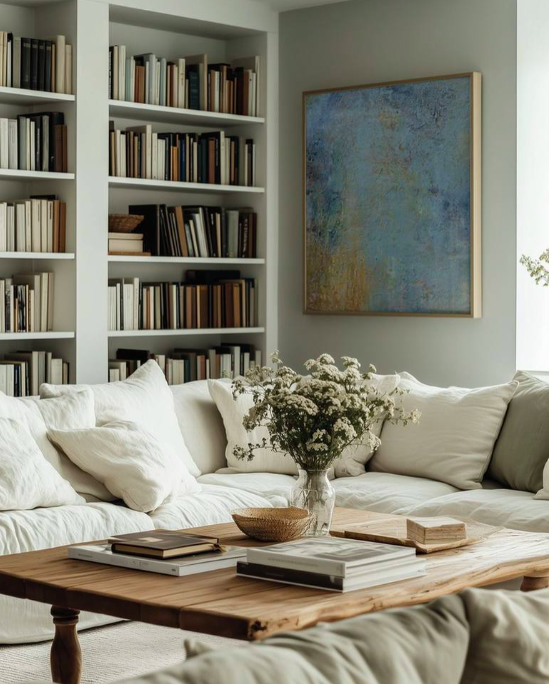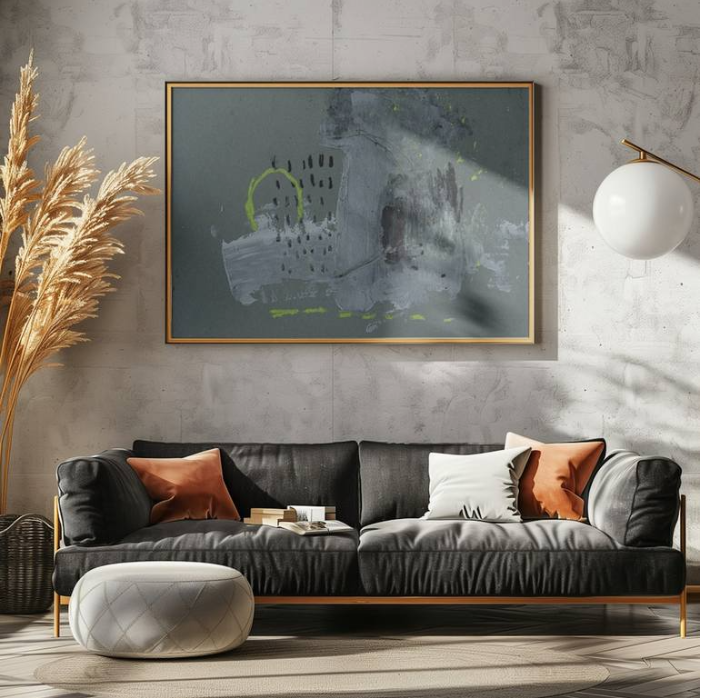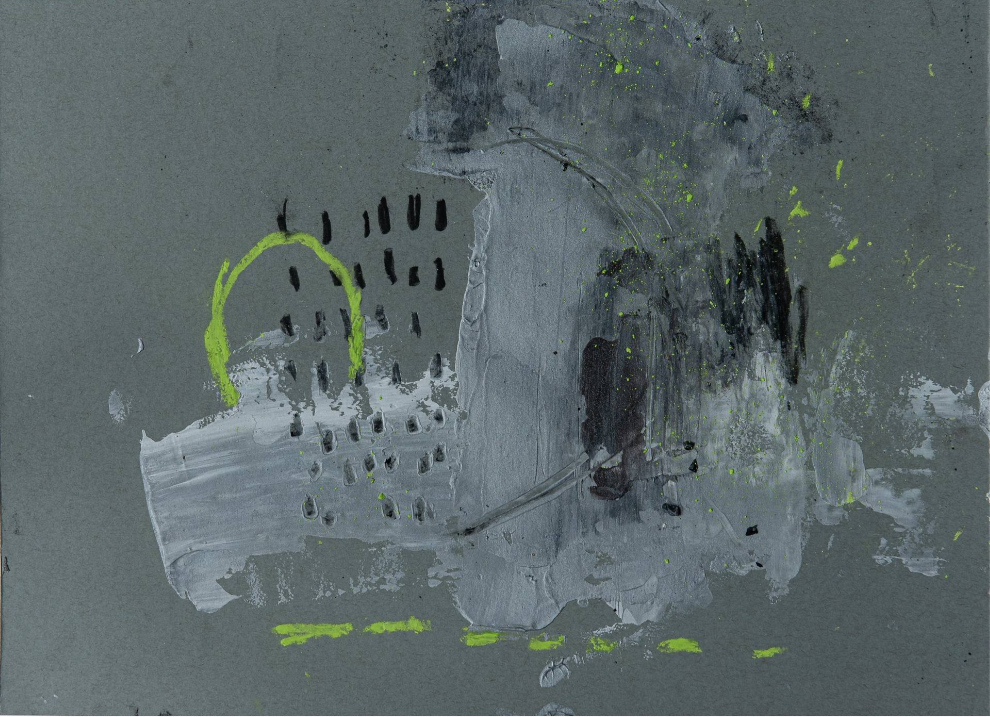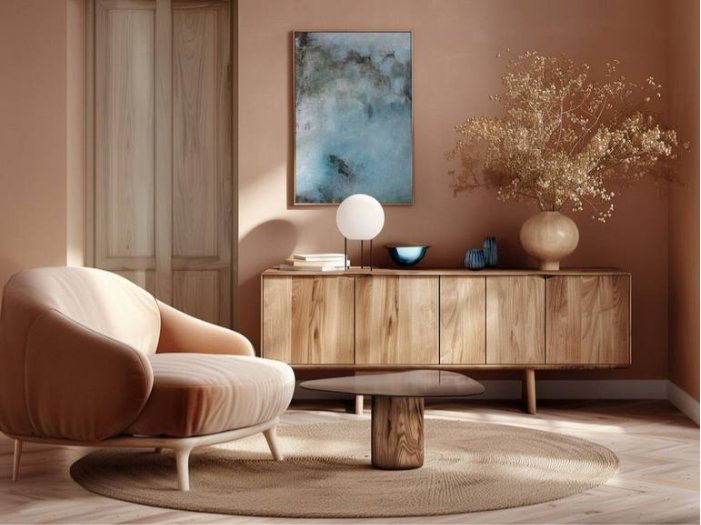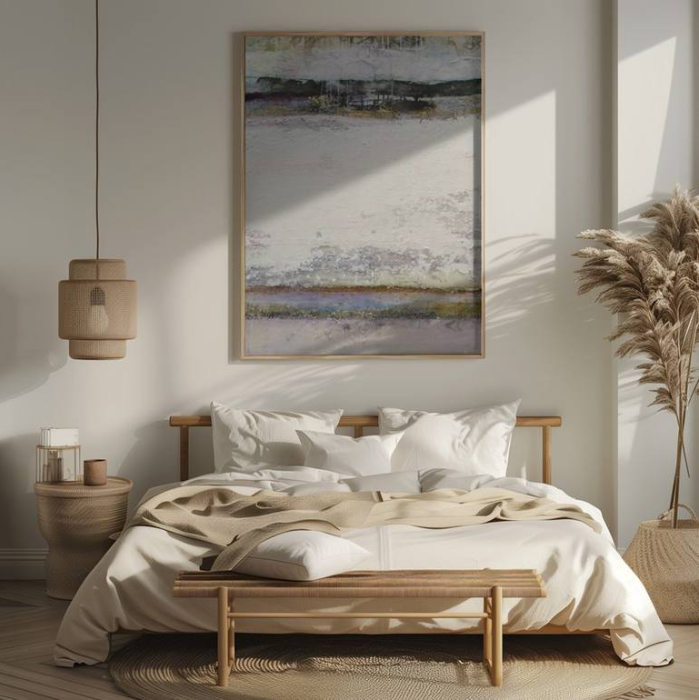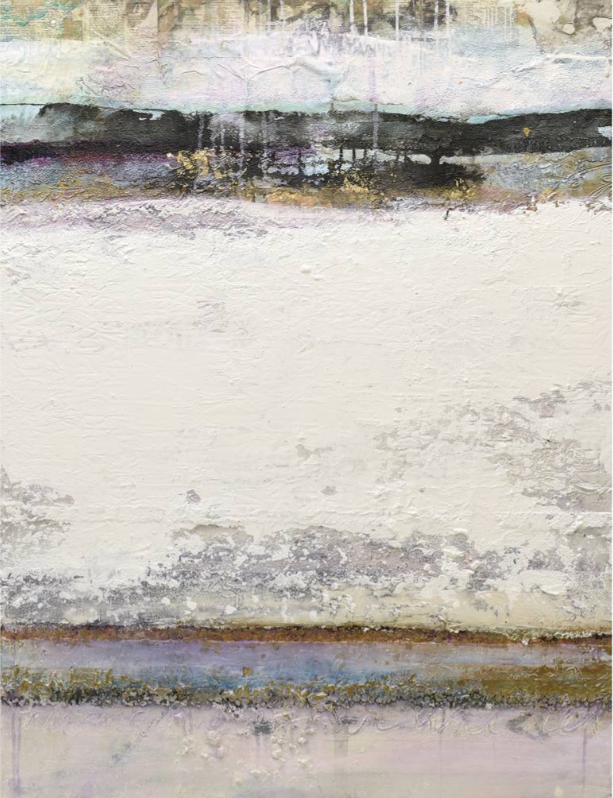Yoga, Ayurveda, and Creativity
I’m thinking of new ideas all the time. So much so that
sometimes I can get spun out and exhausted. My wife, on the other hand, has a
much easier time staying grounded and pacing her energy. Though she’s not quite as quick with new
ideas.
Ayurveda, the 5000-year-old medical system from India, often
called the sister science of yoga, has a lot to say about my wife and me.
According to Ayurveda, there are different types of people, and these different
types have different strengths, challenges, and needs.
Ayurveda identifies three primary tendencies within people, called vata, pitta, and kapha. Vata is the
energy of air; pitta is the energy of
fire; and kapha is the energy of
water and earth.
A person, like me, with a constitution dominant in vata will have airy qualities (creative,
quick, possibly anxious). A person with a constitution dominant in pitta will have fiery qualities
(intense, focused, possibly overly critical). A person, like my wife, with a
constitution dominant in kapha will
have earthy qualities (steadfast, grounded, possibly stuck).
A vata person will
be well endowed in the creativity department. New ideas and creative solutions
flow freely for such a person. Their challenge, like mine, is to stay grounded
and not get spun-out and exhausted from too many creative ideas. We have to
make sure to see our ideas through and not lose steam half way through a
project. By calming our vata, we can
be wildly creative but also focused and steadfast.
A pitta person
will be incisive and intelligent, often set on a fixed course of action and
less open to creativity and new ideas. Surgeons are usually pitta individuals. They are confident,
focused, and intense. A pitta person
can retain their great focus, but bring in more creativity and tolerance of new
ideas by soothing their pitta.
A kapha person,
like my wife, usually has terrific endurance and resolve. She easily stays
grounded, but creativity does not flow as freely. She may sometimes feel stuck
and blocked up. By soothing her kapha
and increasing her vata, she can
harness her tremendous strength and resolve, while also tapping her latent
creativity.
So how can you effect this change in yourself? First you
must identify your Ayurvedic constitution. To determine whether vata, pitta, or kapha predominates your constitution, take the following short
quiz.
1. Under stress, I become __________.
A. scattered and anxious B.
focused and angry C. stuck
2. When I’m hungry, I get __________.
A. scattered and anxious B.
angry C.
depressed
3. I hate to feel _________.
A. too cold B.
too hot C.
too wet
4. My biggest psychological struggles involve __________.
A. anxiety B.
being judgmental, irritation, anger C.
feeling stuck
5. When I have digestive problems, they involve ___________.
A. intestinal gas and bloating B. heartburn
C. slow digestion, feeling stuck
6. When I get sick, I feel ___________.
A. Worried, fried, constipated. B. Fevers, skin rashes, diarrhea.
C. Congested, stagnant, blocked up.
Count the number of As, Bs, and C’s in your answers.
Mostly A’s indicate vata,
mostly B’s pitta, and mostly C’s kapha.
Now to bring balance and increased creativity. For your
particular predominance (vata, pitta, or kapha), choose three of the six items
listed below and follow them for at least a week and see what happens. You’ll
probably feel a whole new level of health, vitality, and creativity. Let us
know how it goes at BrianLeafMA@gmail.com.
If the six question
survey shows a predominance of Vata:
1. Keep warm, and wear soft, comfortable clothing. Make your
bed into a soft, comfy haven.
2. Eat mostly cooked foods and use a bit of spice. Eat at a
table, in a relaxed setting, not on the go or at your desk.
3. Keep a regular routine, and look over your schedule at
the beginning of each day, so your mind can relax and know what’s coming.
4. Practice gentle forms of exercise.
5. Spend quiet time in nature, ideally near a lake or gently
flowing stream. Sit under a tree.
6. Avoid or cut back on caffeine, wheat, sugar, and
processed foods.
If the six
question survey shows a predominance of Pitta:
1. Keep cool. Get lots of fresh air, but avoid too much
direct sun. Take evening walks in the moonlight. The moon is very soothing to
pitta.
2. Eat lots of fresh fruits and vegetables.
3. Avoid very spicy, very salty, and very oily foods.
4. Watch your tendency toward perfectionism, competition,
and intensity. Bring in softness and love.
5. Express your feelings in constructive ways. Be gentle on
yourself and others.
6. Avoid or cut back on caffeine, wheat, sugar, and
processed foods.
If the six
question survey shows a predominance of Kapha:
1. Get lots of vigorous exercise, everyday.
2. Avoid fatty and fried foods. Eat lots of veggies and cook
with a bit of spice.
3. Eat less bread.
4. Avoid getting in a rut. Try new things, take challenges,
travel.
5. Practice expressing your voice and your feelings and
spend some time creating every day. Draw, paint, sculpt, sing, dance, play an
instrument, imagine.
6. Avoid or dramatically cut back on wheat, sugar, and
processed foods.
Printed with Permission ©2012 by Brian Leaf
Brian Leaf, M.A.
is the author of Misadventures of a
Garden State Yogi. He draws upon twenty-one years of intensive study,
practice, and teaching of yoga, meditation, and holistic health. Visit him
online at http://www.Misadventures-of-a-Yogi.com.

